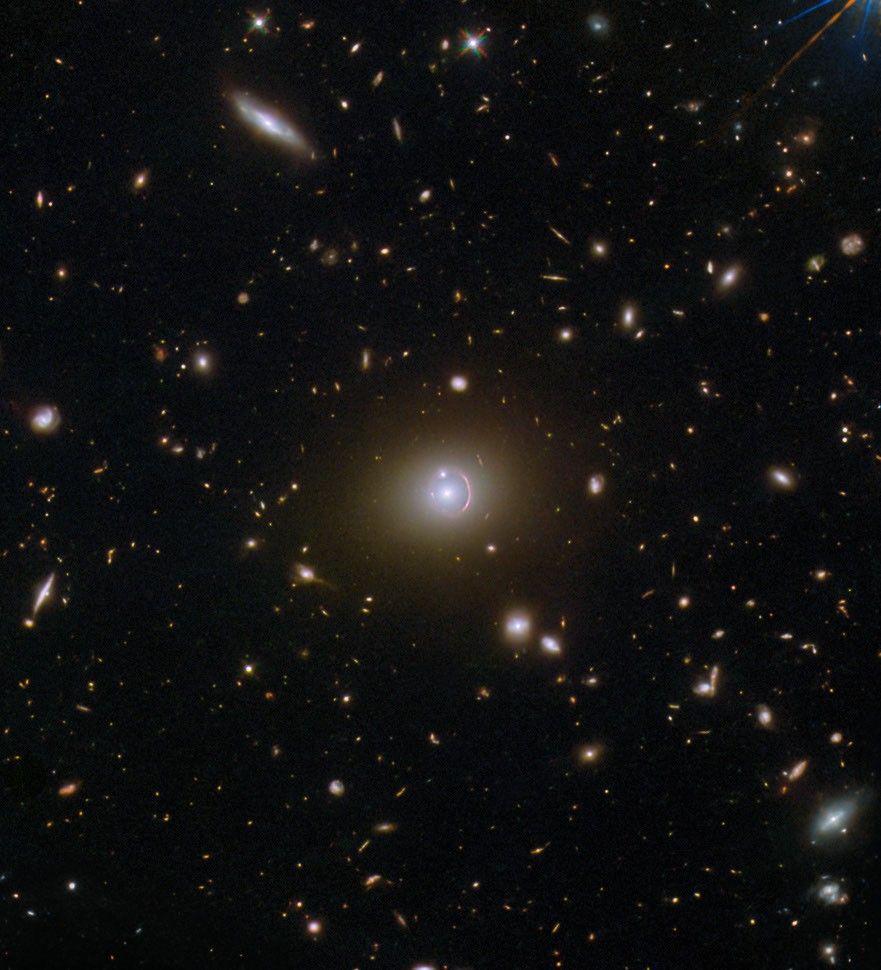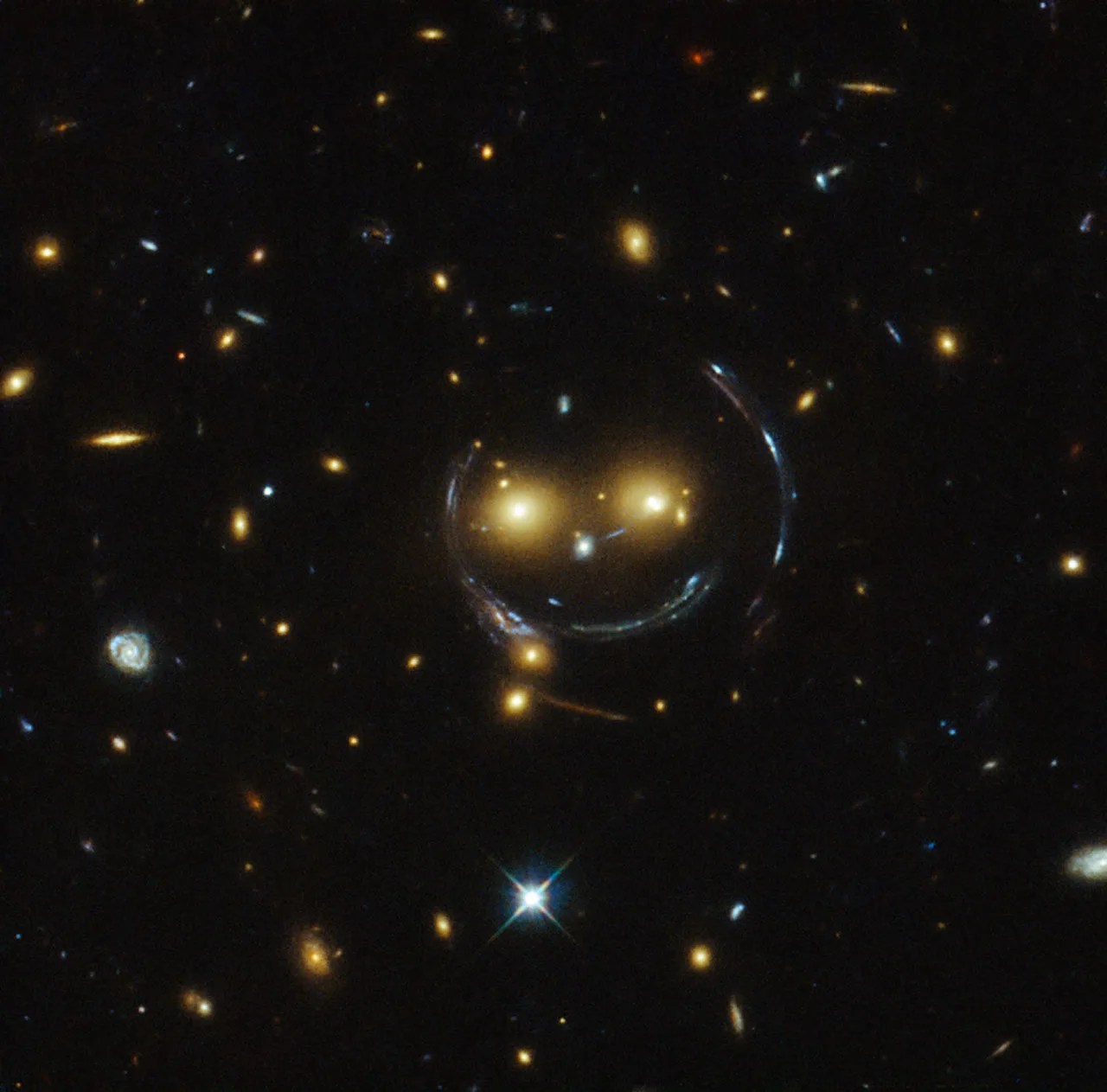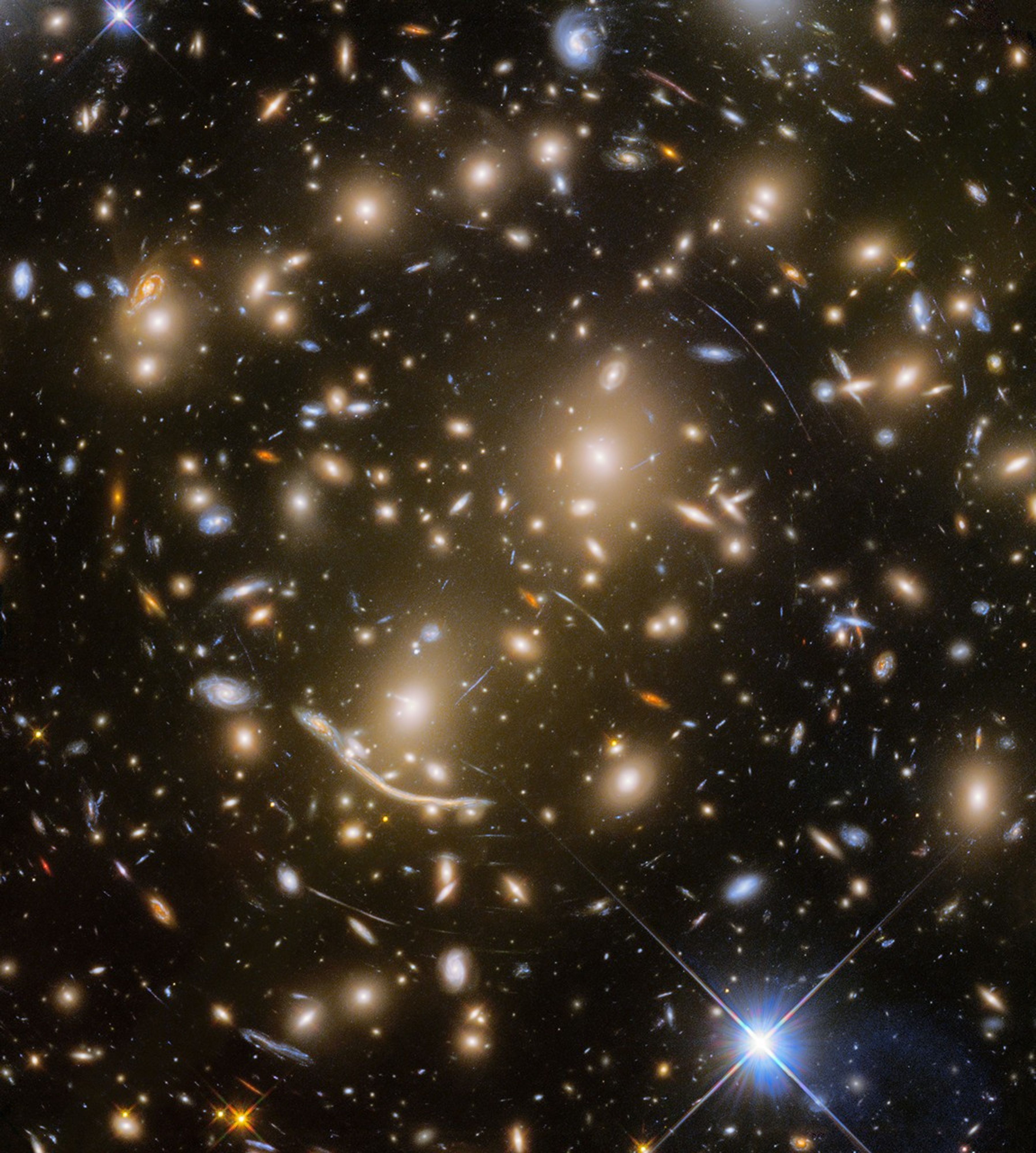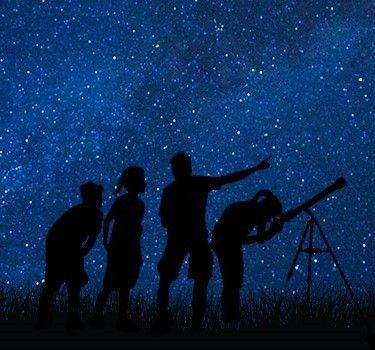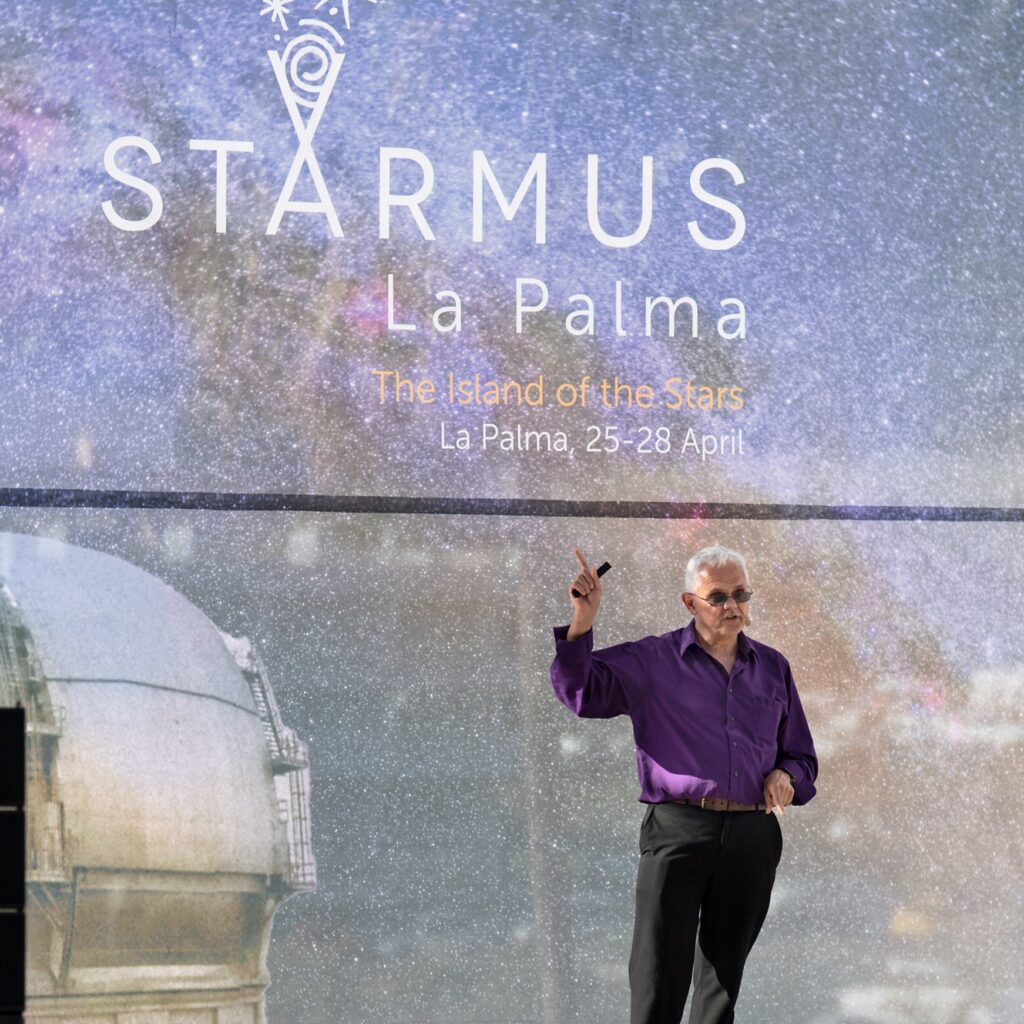2 min read
Hubble Images Galaxies Near and Far
This NASA/ESA Hubble Space Telescope image offers us the chance to see a distant galaxy now some 19.5 billion light-years from Earth (but appearing as it did around 11 billion years ago, when the galaxy was 5.5 billion light-years away and began its trek to us through expanding space). Known as HerS 020941.1+001557, this remote galaxy appears as a red arc partially encircling a foreground elliptical galaxy located some 2.7 billion light-years away. Called SDSS J020941.27+001558.4, the elliptical galaxy appears as a bright dot at the center of the image with a broad haze of stars outward from its core. A third galaxy, called SDSS J020941.23+001600.7, seems to be intersecting part of the curving, red crescent of light created by the distant galaxy.
The alignment of this trio of galaxies creates a type of gravitational lens called an Einstein ring. Gravitational lenses occur when light from a very distant object bends (or is ‘lensed’) around a massive (or ‘lensing’) object located between us and the distant lensed galaxy. When the lensed object and the lensing object align, they create an Einstein ring. Einstein rings can appear as a full or partial circle of light around the foreground lensing object, depending on how precise the alignment is. The effects of this phenomenon are much too subtle to see on a local level but can become clearly observable when dealing with curvatures of light on enormous, astronomical scales.
Gravitational lenses not only bend and distort light from distant objects but magnify it as well. Here we see light from a distant galaxy following the curve of spacetime created by the elliptical galaxy’s mass. As the distant galaxy’s light passes through the gravitational lens, it is magnified and bent into a partial ring around the foreground galaxy, creating a distinctive Einstein ring shape.
The partial Einstein ring in this image is not only beautiful, but noteworthy. A citizen scientist identified this Einstein ring as part of the SPACE WARPS project that asked citizen scientists to search for gravitational lenses in images.
Text Credit: ESA/Hubble
Media Contact:
Claire Andreoli (claire.andreoli@nasa.gov)
NASA’s Goddard Space Flight Center, Greenbelt, MD
